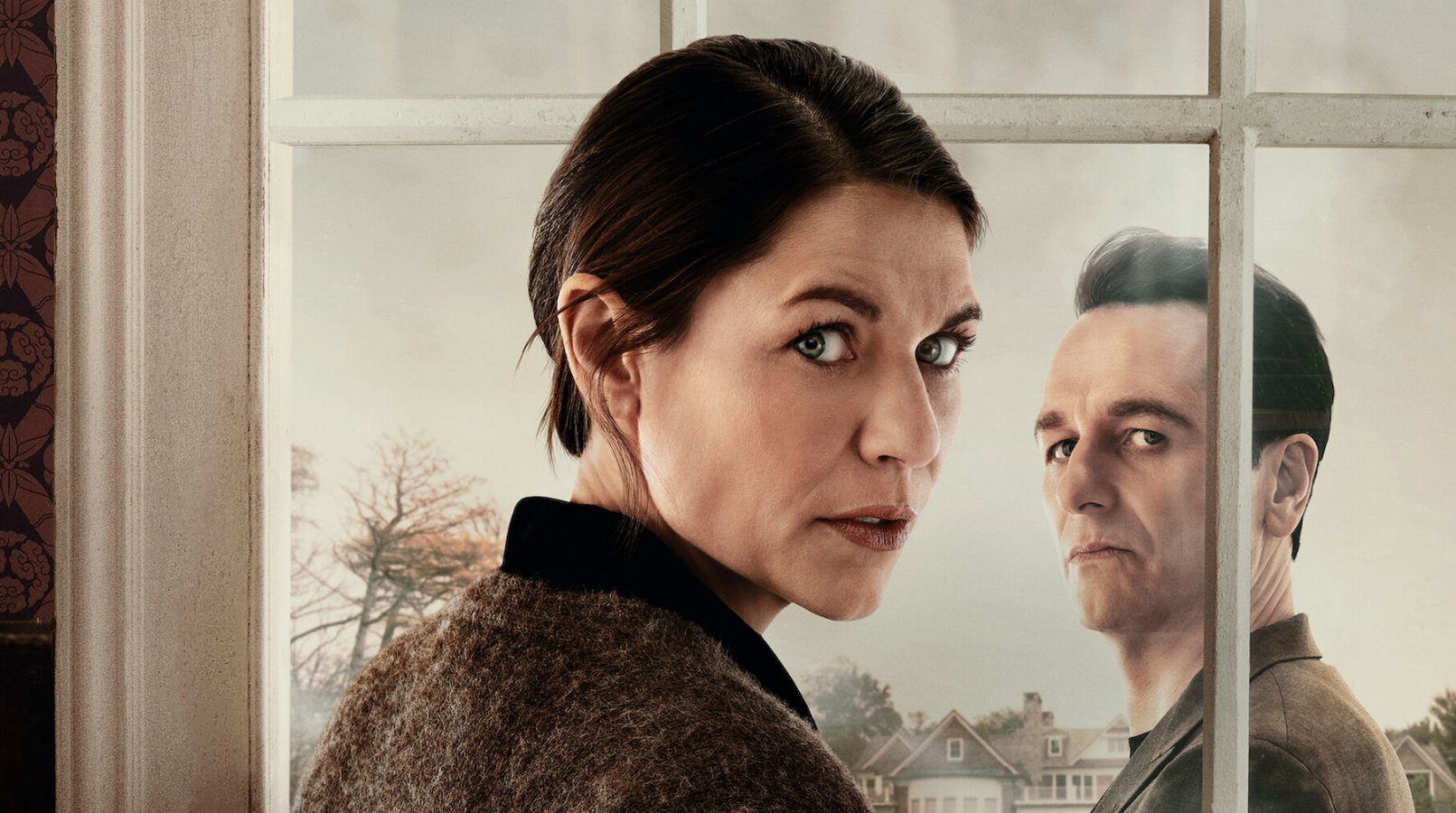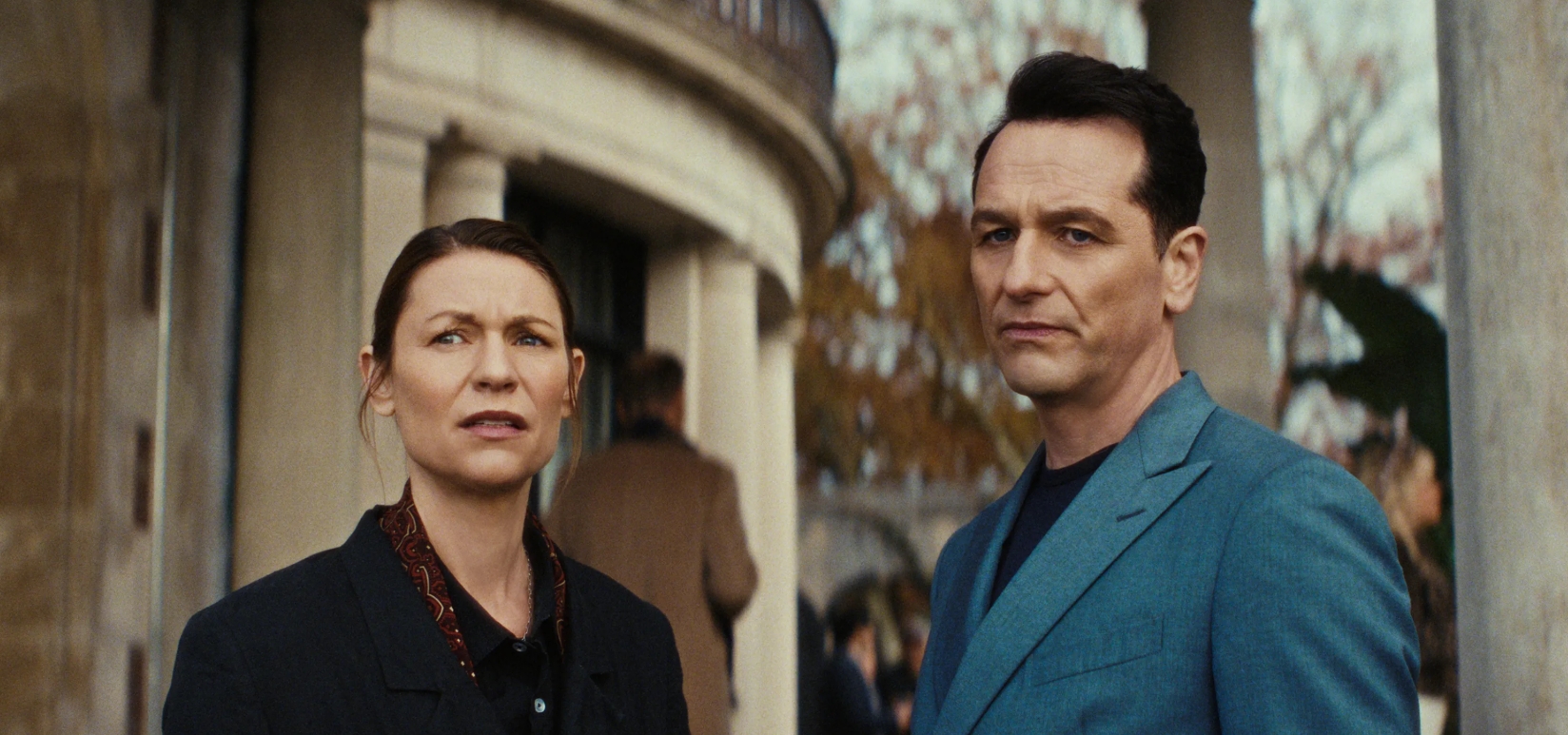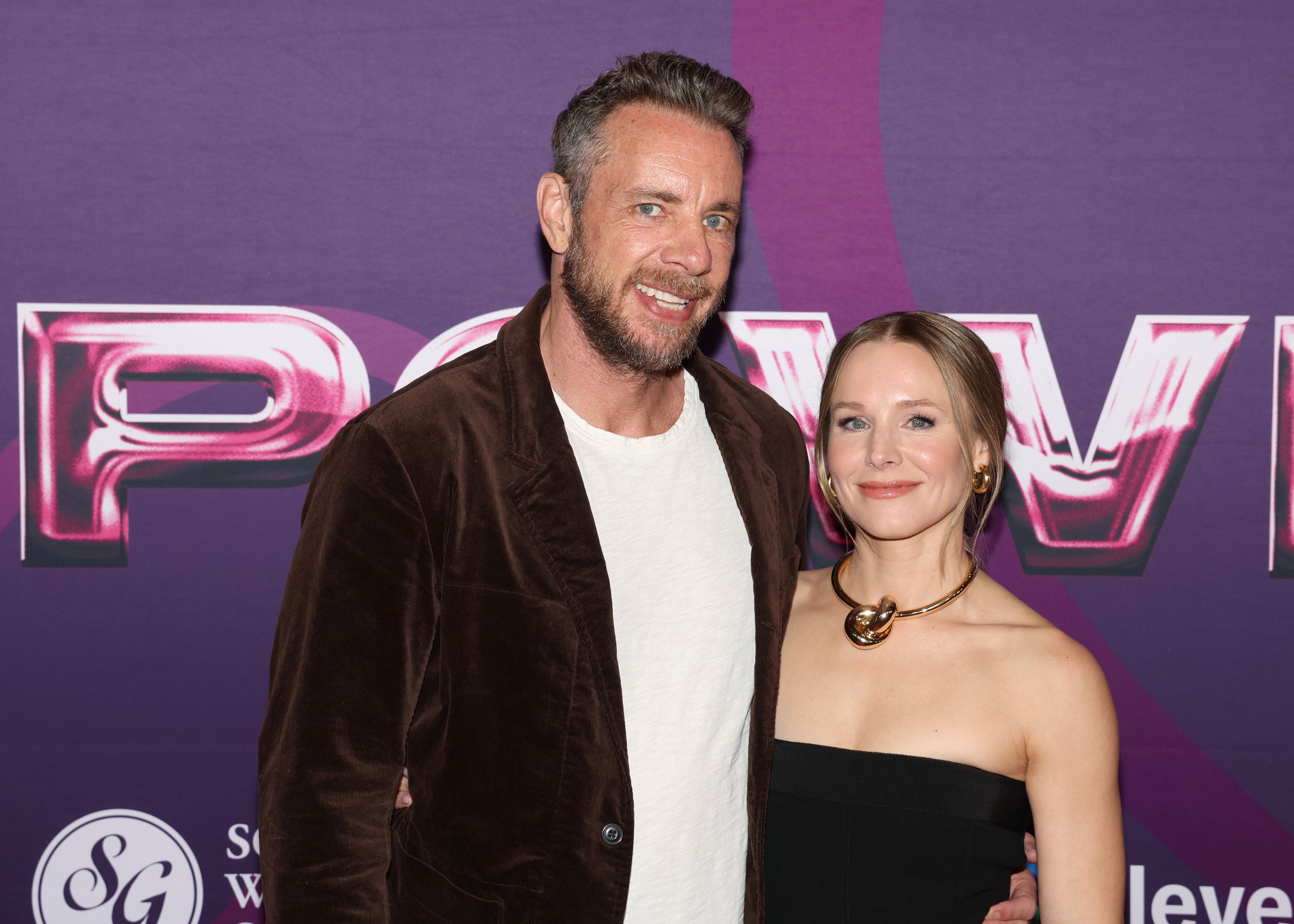The Western cinematic category is characterized by expansive vistas, lone protagonists, intense confrontations, and clear-cut ethical dilemmas. However, a select number of movies have so profoundly transformed and exemplified the genre as The Good, the Bad and the Ugly (1966). Helmed by Sergio Leone and propelled by Ennio Morricone’s legendary musical composition, this motion picture has not only attained a devoted following but has also re-envisioned the fundamental principles of Western narratives for audiences globally. A close look at its storytelling framework, visual methodologies, societal impact, and enduring heritage clarifies why it is frequently regarded as the quintessential Western.
A Groundbreaking Method for Narrative Creation
At its core, the film’s genius lies in Sergio Leone’s fearless subversion of traditional character archetypes. Here, the lines between heroism and villainy are artfully blurred. The trio—Blondie (the Good), Angel Eyes (the Bad), and Tuco (the Ugly)—represent not just straight moral opposites, but complex, flawed, and unpredictable individuals. None embody the pure-hearted cowboy or purely evil outlaw familiar from earlier Westerns. Instead, each character is guided by survival instincts, greed, and a unique personal code.
Leone structures the plot around a treasure hunt during the American Civil War, using the larger conflict as a backdrop rather than the focal point. This enables the director to spotlight the personal journeys and transformations of the central characters. The narrative interweaves their motivations and allegiances, culminating in a legendary three-way standoff—a set piece now imitated countless times across cinema.
Visual Narratives and Memorable Filmmaking
Leone’s visual approach was groundbreaking for his era. The filmmaker’s technique of contrasting intense close-ups with expansive landscape panoramas generates a distinctive experiential tension within the movie. Cinematographer Tonino Delli Colli utilizes natural illumination to highlight the dust, perspiration, and ruggedness etched onto every character’s face, thereby boosting realism and simultaneously fostering a mythic quality.
Perhaps the film’s most celebrated visual sequence is the climax at Sad Hill Cemetery. Through rapid editing, shifting perspectives, and excruciatingly prolonged silence, Leone generates an almost unbearable suspense. The dance of eyes and hands before the gunfire is not mere theatrics but an embodiment of psychological warfare, forever altering how shootouts are conceptualized on screen.
Rewriting the Soundscape: Ennio Morricone’s Score
If Leone rewrote the visual language of Westerns, Ennio Morricone redefined their soundscape. The film’s main theme, characterized by coyote-like howls, haunting whistles, and unorthodox instrumentation, is one of the most recognizable scores ever composed. The music is not background; it functions as a narrative force, amplifying emotion, defining character, and at times even punctuating the action with a kind of operatic grandeur.
Morricone’s musical compositions for every principal character—a distinctive whistle for Blondie, a melodic flute for Angel Eyes, and expressive human voices for Tuco—function as aural leitmotifs, deepening their portrayal and inner lives without requiring explanatory conversation. The collaborative effort between the director and the composer in this movie established a lasting standard for the fusion of music and cinematic art.
Ethical Complexity and the Frontier Legend
Most previous Western movies glorified the frontier, portraying the West as a setting where virtue could overcome wickedness in an untamed landscape. Leone’s movie subverts this notion, depicting the Union and Confederate forces not as exemplars of righteousness or depravity, but as organizations prone to irrational brutality and dishonesty. The pointlessness and disorder of conflict are ever-present, making the quest for riches simultaneously ludicrous and profound.
The complex morality of the main trio exposes the thin line between good and bad when survival and greed rule. This ambiguity creates a more authentic reflection of the human condition, encouraging audiences to question black-and-white worldviews and the simplistic heroics associated with classic Westerns. The American West in Leone’s hands becomes a metaphor for life’s randomness, danger, and ambiguity.
Impact and Emulation: Establishing the Benchmark
The film’s influence transcends its genre. Directors such as Quentin Tarantino, Martin Scorsese, and the Coen Brothers have cited it as formative. The “Mexican standoff”—popularized by the cemetery climax—has become a global cinematic shorthand for tension, duplicity, and shifting power.
In addition, the movie spawned the “spaghetti Western” subgenre, influencing numerous European and American works that embraced Leone’s distinctive stylistic and thematic elements. The raw authenticity, anti-heroic figures, and intricate moral dilemmas became defining characteristics, ultimately permeating American neo-Westerns, reinterpreted narratives, and even diverse genres, ranging from science fiction to graphic novels.
On a technical front, Leone’s pioneering editing techniques, his utilization of the widescreen Techniscope format, and his groundbreaking integration of musical scores established the foundation for contemporary action filmmaking, shaping the editing pace and audio engineering found in today’s major motion pictures.
An enduring cinematic masterpiece
Multiple layers of artistry converge in The Good, the Bad and the Ugly. The film’s narrative intricacies, psychological characterization, visual grandeur, and sonic ingenuity form a holistic cinematic experience. Its commentary on violence, morality, and the unpredictability of fate resound even beyond its Western backdrop, offering a timeless meditation on human nature and power.
Through continuous innovation and bold narrative, Leone’s magnum opus resists succumbing to mere nostalgia. Rather, it persists as a foundational work—one that consistently provokes thought, delights, and motivates. With every new generation that rediscovers its gritty confrontations and profound inquiries, the movie stands as more than just a zenith of Western filmmaking; it is a pivotal moment in the universal lexicon of cinema itself.





